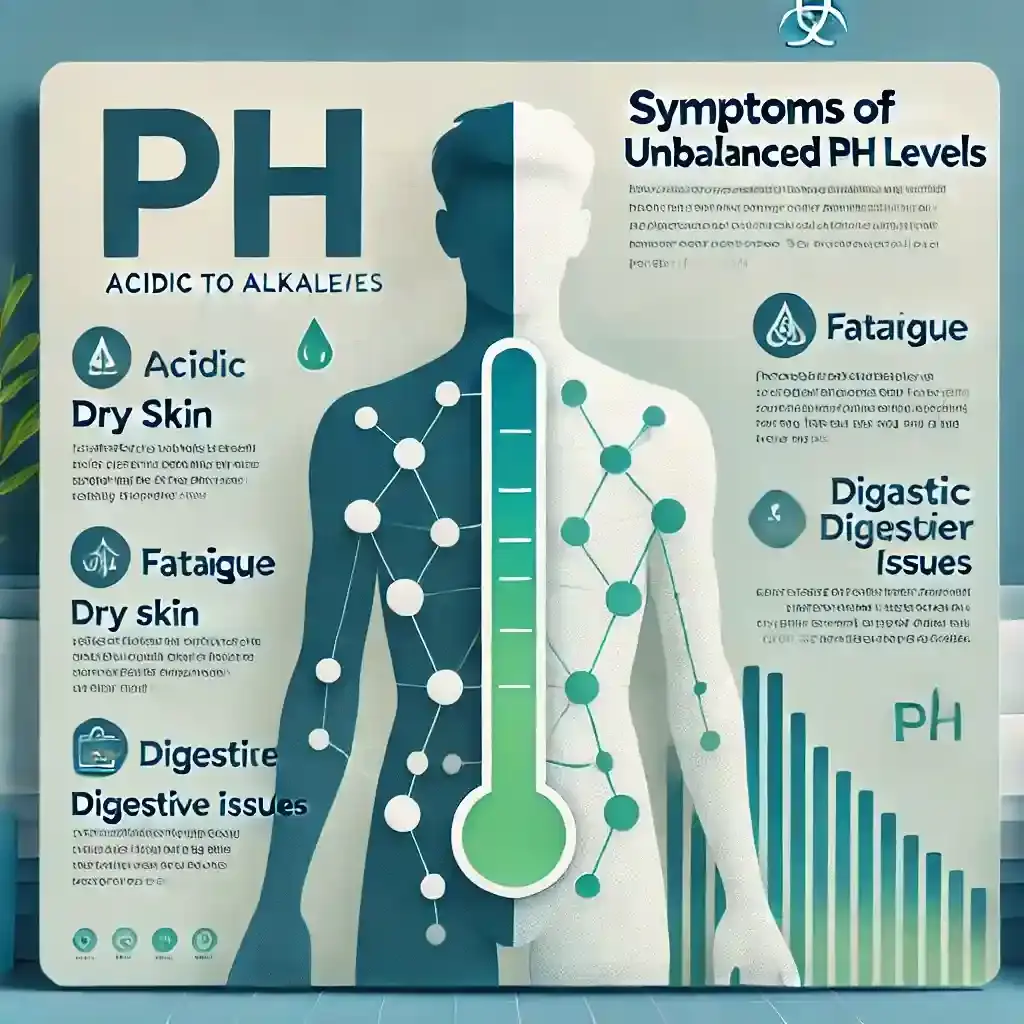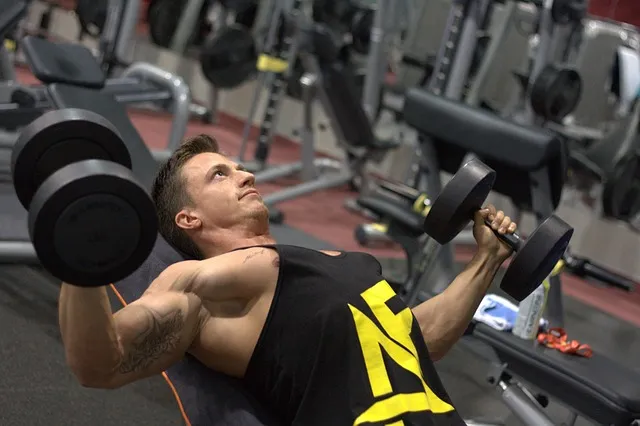|
A spermatocele is a harmless fluid-filled lump near the testicle. While usually painless, larger ones may need treatment. Natural relief works for some, but medical options help if symptoms start interfering with daily life. |
Ever found a strange, soft lump near your testicle and felt that quiet panic set in? Yeah, it’s not exactly the kind of surprise anyone wants. That bump could be a spermatocele, a fluid-filled cyst that shows up in the epididymis, right behind the testicle. Most of the time, it’s harmless.
It doesn’t hurt or spread; it just sits there, but when it grows, starts aching, or simply makes you uncomfortable, it becomes something you can’t ignore. That’s when guys start digging through the internet, trying to figure out how to shrink a spermatocele or make it stop bothering them altogether. So, let’s break it down. Natural ways, medical treatments, when to chill, and when to actually see a doctor.
How to Shrink a Spermatocele?
First, let’s be real, shrinking a spermatocele isn't easy. Sometimes they go unnoticed. Sometimes they ache like crazy. Either way, figuring out the right route, natural or medical, can save you discomfort and a few sleepless nights.
Interestingly, clinically detectable spermatoceles appear in around 10% of subjects, and they’re 70% more common in men over 60, which explains why older patients often seek non-surgical spermatocele treatment first. Nobody wants to jump into surgery unless absolutely necessary.
1. Over-the-Counter Options
Let’s not pretend popping pills is the magic answer, but it does help manage symptoms.
-
Pain relief: Start with ibuprofen or acetaminophen. They don’t shrink the cyst, but they dial down inflammation and pain, especially if lifting or movement aggravates the area.
-
Topical herbal options: Some guys swear by Arnica cream, castor oil packs, or diluted tea tree and lavender oils. Use them sparingly and only after getting a doctor’s green light. We're not building a spa kit here; this is medical.
-
Support gear: A jockstrap or snug cotton underwear keeps things from bouncing around. This alone can cut discomfort in half, especially during workouts or walking.
-
Heat and cold therapy: Cold pack application for 15-20 minutes can be used for acute pain reduction, warm baths or compresses for area relaxation and better blood flow.
2. Medical Treatments
If you’ve tried home fixes and you're still clutching your groin every few hours, it’s time to level up.
-
Watchful waiting: Sounds boring, but often works. If it's painless and small, no action is needed. Just routine checks.
-
Aspiration: Your doctor inserts a needle and drains the fluid. It’s fast, no stitches, done under local anesthesia. Downside? It might return. Not ideal long-term.
-
Sclerotherapy: A chemical agent is injected after aspiration to irritate the cyst walls. This forces the cyst to collapse and shrink. Again, recurrence is possible, and not every urologist recommends it.
-
Spermatocelectomy (surgery): For large, painful cysts or ones affecting urination. It’s the best treatment for spermatocele when it becomes a nuisance. Under general anesthesia, the whole cyst is removed. Risks are minimal but include infection, bleeding, and minor nerve damage.
Medical Methods Comparison
|
Method |
Invasiveness |
Anesthesia |
Recurrence Risk |
Downtime |
|
Watchful Waiting |
None |
None |
High |
None |
|
Aspiration |
Low |
Local |
Medium-High |
1–2 days |
|
Sclerotherapy |
Medium |
Local |
Medium |
2–3 days |
|
Spermatocelectomy |
High |
General |
Very Low |
1–2 weeks |
What Causes a Spermatocele?
Sometimes the cause is obvious. Sometimes, not so much. But here’s what’s known.
1. Blockage in the Tubes
When sperm builds up due to blocked ducts in the epididymis, it forms a pocket. Over time, that pocket becomes a cyst.
-
Injury or trauma to the scrotum
-
Previous infections
-
Congenital abnormalities
2. Hormonal Imbalances
Especially those involving testosterone and estrogen fluctuations.
-
Natural aging
-
Medications affecting hormone levels
-
Underlying thyroid conditions
3. Post-Surgical Changes
Spermatoceles can form after a vasectomy or other testicular surgeries. Not instantly, but over time.
-
Vas deferens scarring
-
Inflammation-related fluid retention
-
Poor post-op healing
Once formed, they often stay the same size. But things like infections or repeated strain (like heavy lifting or vigorous sports) can make them swell.
Can a Spermatocele Affect Fertility or Sexual Health?
This one pops up often, no pun intended. And look, it’s a valid question. When there's a lump anywhere near the testicles, fertility becomes the elephant in the room. Spermatoceles, for the most part, don’t block your ability to have kids or a normal sex life. That’s because they sit in the epididymis, where sperm are stored, not made.
That said, things can get dicey in rare cases. If the cyst grows big enough, it might press on the ducts that carry sperm. Post-surgery scarring might do the same. Or if inflammation kicks in, sperm motility might take a hit.
Most urologists agree that spermatoceles rarely affect fertility. The epididymis stores sperm but doesn’t impact sperm production directly. Unless the cyst is unusually large or surgical removal causes scarring that blocks sperm flow, fertility typically remains unaffected.
Here’s what could make it a problem:
-
Cyst blocking sperm transport
-
Scar tissue post-op
-
Pain during sex or ejaculation
-
Chronic swelling or infection
If trying to conceive, get things checked early. Why gamble with something that can be caught and managed early?
When to See a Doctor?
If that lump you found is growing, hurting, or making it uncomfortable to walk, don’t wait. Any swelling that doesn’t go away within a week needs medical attention. Sudden pain, fever, or redness around the testicle? Go immediately. Those could be signs of torsion or infection, not just a simple cyst.
Conclusion
Look, not every lump is dangerous, but it should never be ignored. Spermatoceles might be common, especially with age, but that doesn’t mean living with discomfort is your only option. Whether you're exploring how to shrink a spermatocele with natural remedies or considering surgery, know that you have multiple spermatocele treatment options.
Shrink spermatocele naturally? Maybe, maybe not, but symptom control is possible. And if you’re ever unsure, get it checked. A 10-minute appointment beats long-term pain. Always.
Frequently Asked Questions
How to shrink a spermatocele without surgery?
Spermatoceles rarely shrink without intervention, but symptom relief is possible through support wear, ice, and over-the-counter pain meds. Essential oils or heat therapy may help some men.
Can you shrink a spermatocele at home?
No guaranteed results, but reducing strain, massaging gently, and using warm compresses may help reduce spermatocele swelling. Speak with a urologist before attempting any home techniques.
What causes a spermatocele to grow?
Blockages, trauma, or hormonal changes. Over time, fluid accumulation leads to growth. Infections or strain may worsen it.
How to reduce spermatocele swelling naturally?
Support underwear, warm baths, light scrotal massage, and anti-inflammatory foods can help reduce spermatocele swelling. Avoid heavy lifting.
Is a spermatocele dangerous or cancerous?
No. It’s a benign cyst. But if it changes shape, size, or becomes painful, a doctor should evaluate it to rule out other testicular conditions.
-User-1754380331.png)
Reviewed by







